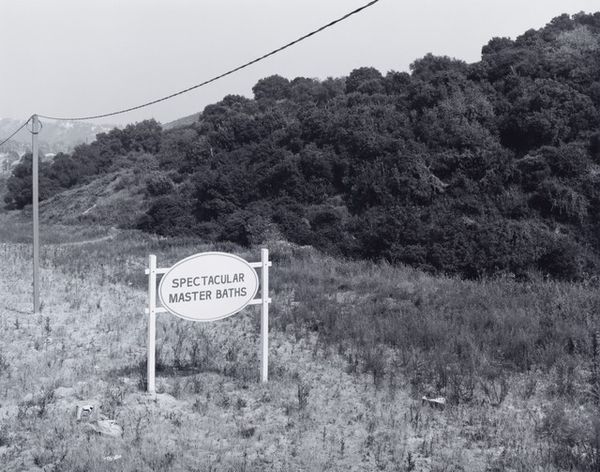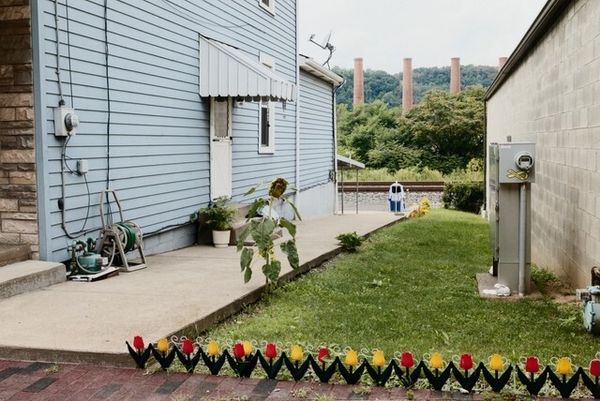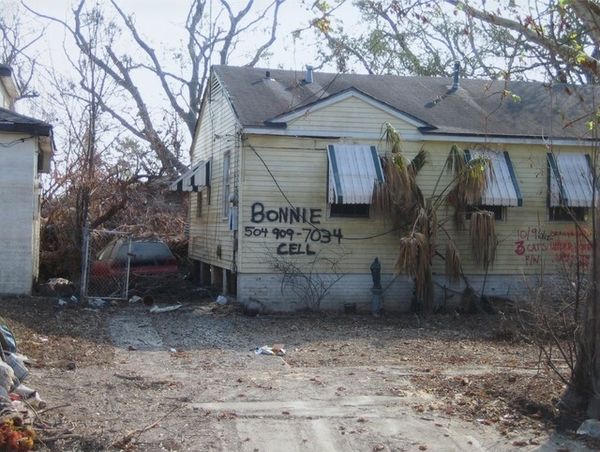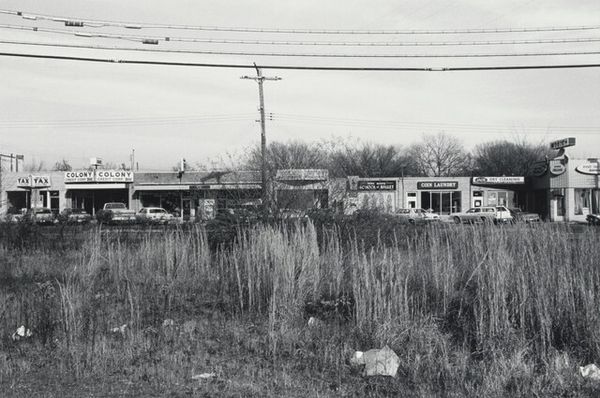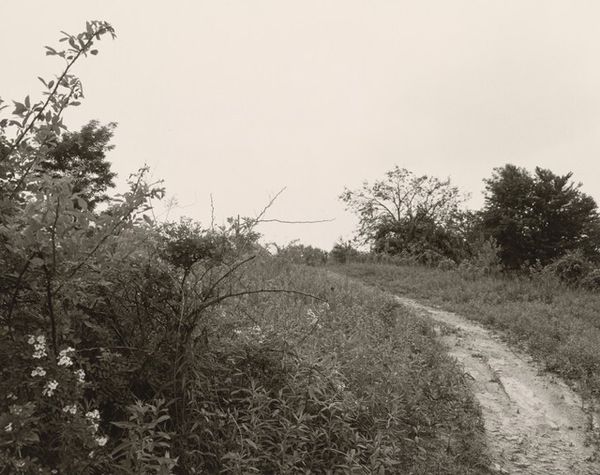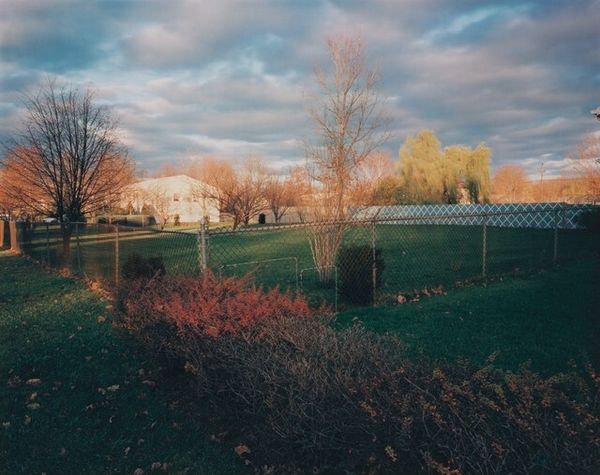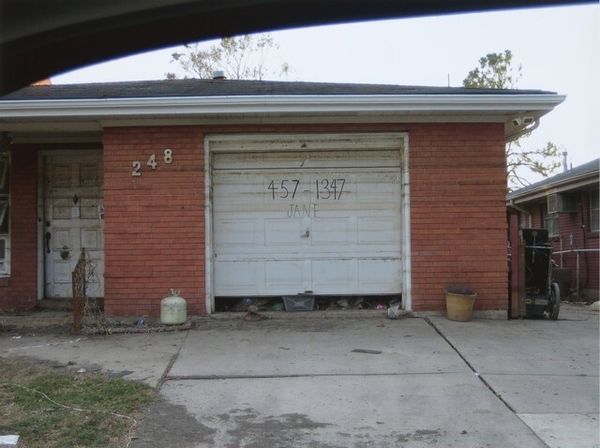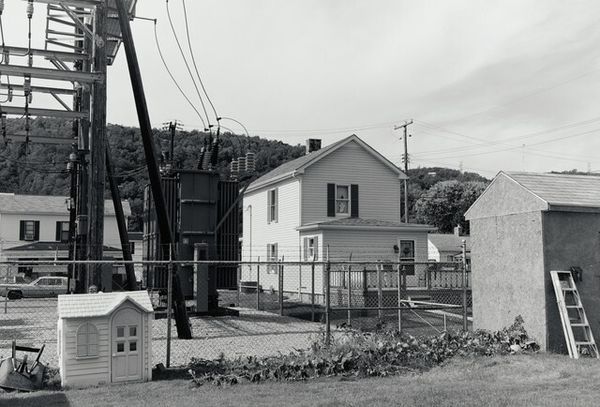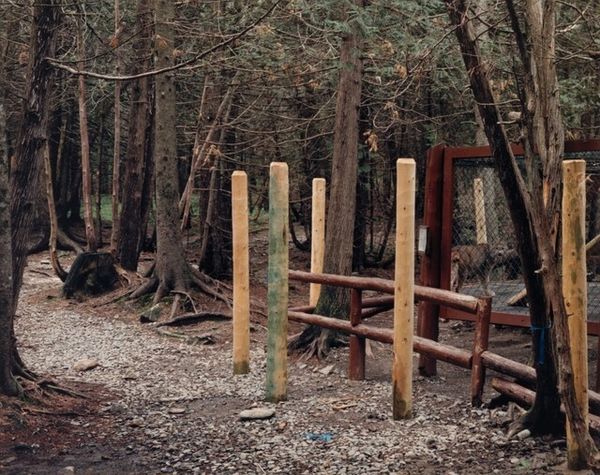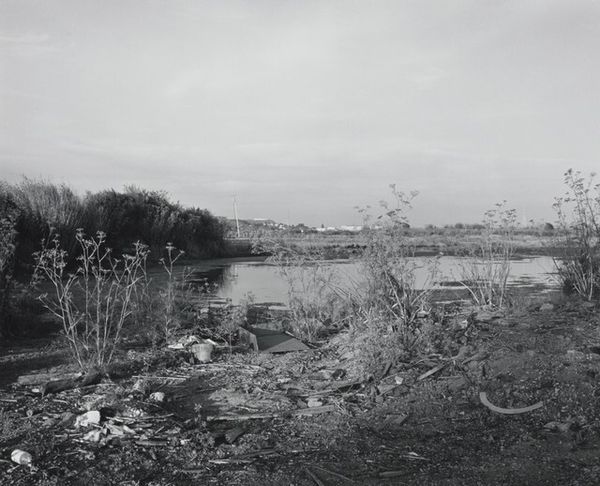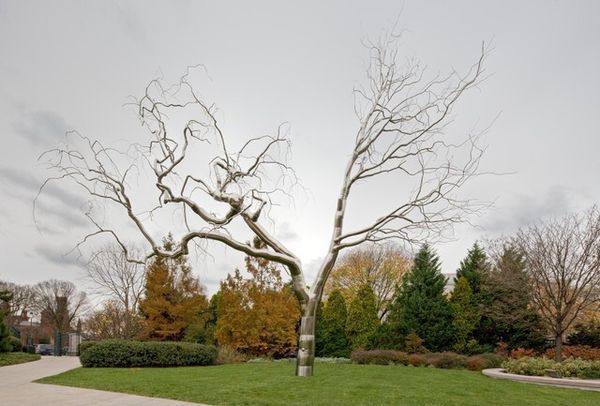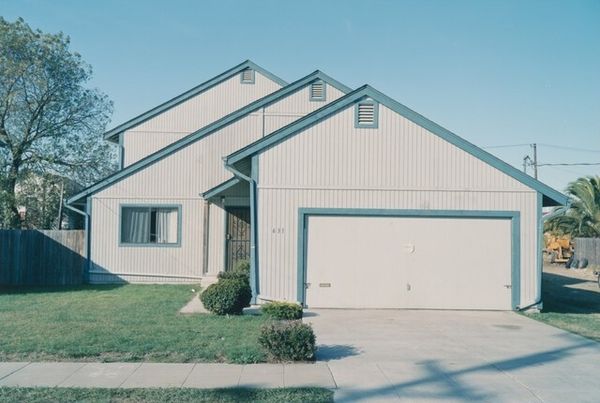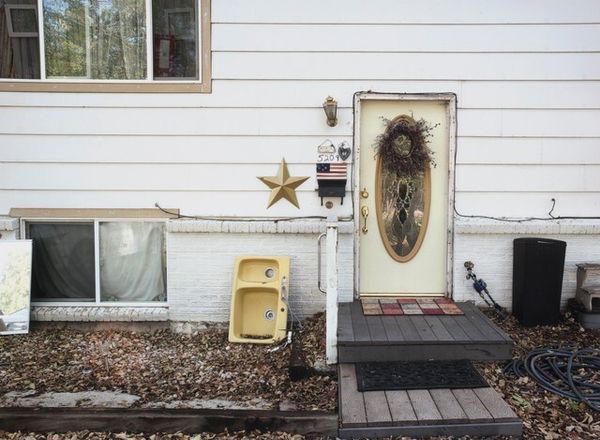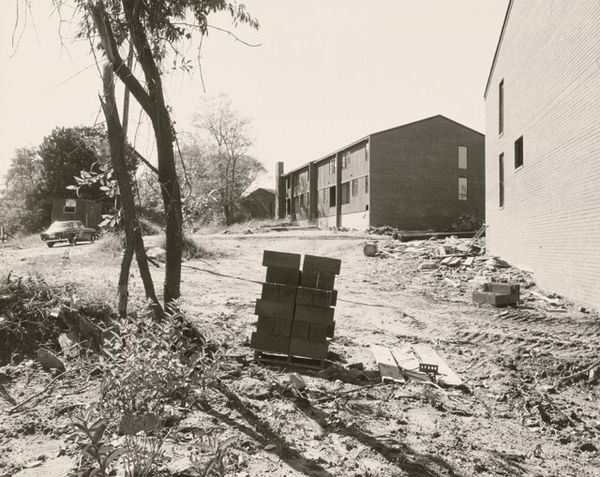
photography
#
contemporary
#
landscape
#
photography
Dimensions: image: 81.28 × 101.6 cm (32 × 40 in.) sheet: 96.52 × 111.76 cm (38 × 44 in.)
Copyright: National Gallery of Art: CC0 1.0
Curator: Wesaam Al-Badry’s “Marianna #XLII,” created in 2019, offers us a contemporary meditation on landscape. Editor: My initial reaction is that the photograph exudes a palpable sense of melancholy, primarily from the washed-out color palette and the stark, almost barren composition. Curator: Indeed. Considering Al-Badry’s background, this aesthetic choice likely represents a pointed commentary on displacement and memory. His broader work often explores themes of identity and the scars left by conflict and industrial change. The image depicts a sign marking the entrance to the Marianna-Mine 58, an Ellsworth Division of Bethlehem Mines Corporation. This setting, for me, immediately conjures the social implications of extractive industries. Editor: The central placement of the sign functions as an anchoring element, almost creating a symmetry within the shot. It also divides the land from the bleak skyline, doesn’t it? Semiotically, the sign acts as a symbol, yes, referencing industry, but also referencing decline through its aging condition. Curator: Precisely. Think about how the mine once employed many people, forming communities and identities tightly connected to this very location. Deindustrialization uproots not just individuals but whole communities. The muted tonality—the grays, the browns—resonates with this sense of loss. Al-Badry masterfully uses what appears as a simple landscape photograph to open a wider conversation about the relationship between identity and place. Editor: Looking at the textures of the field, the almost haphazard layering of wild grass over the manicured lawn, I see the contrasting textures lending a dynamic tension to the composition. This seemingly insignificant detail reveals how meaning is created. It’s less about recording an actual place, and more about exploring feelings—rupture, transition, instability. Curator: Al-Badry is urging us to examine what remains in the wake of industry, of entire economies. It forces us to question the lasting legacies of a mine. What continues to inhabit a space after capital and industry have left? Editor: Exactly. Looking closely allows one to realize how technique evokes deeper understanding. Curator: I think Al-Badry really encapsulates the intersectional implications of what we understand by land ownership and what dispossession looks like, not just as a single image, but in an extended visual language. Editor: I leave appreciating how, even through seemingly mundane settings, photographs can unveil nuanced meditations on decline.
Comments
No comments
Be the first to comment and join the conversation on the ultimate creative platform.
